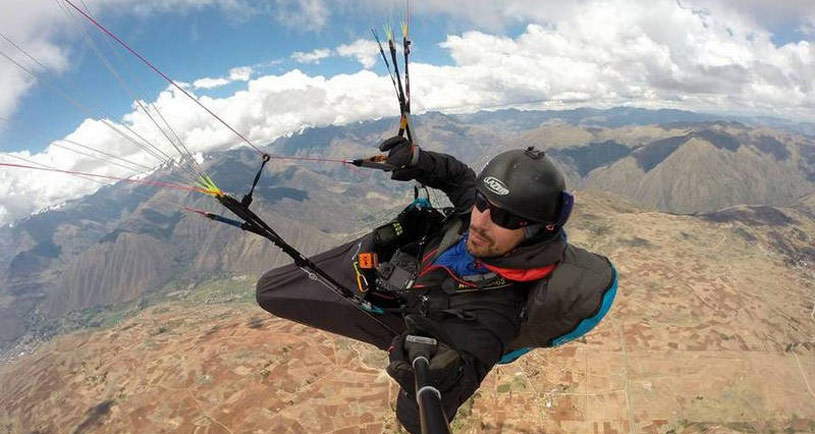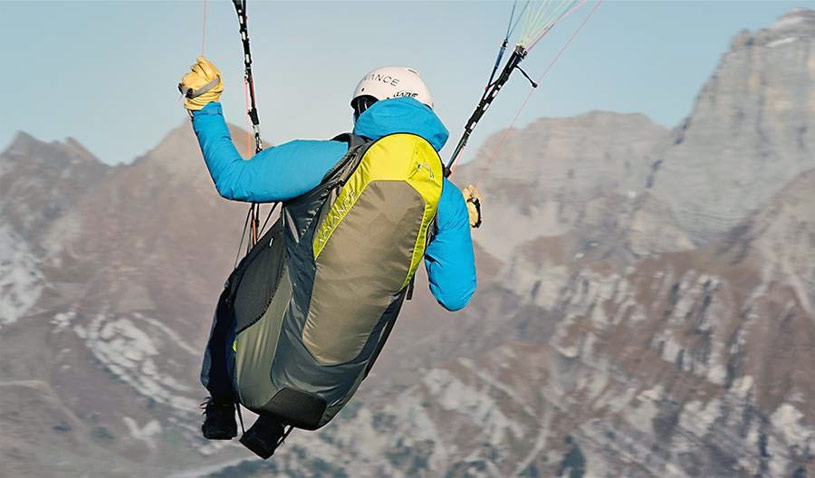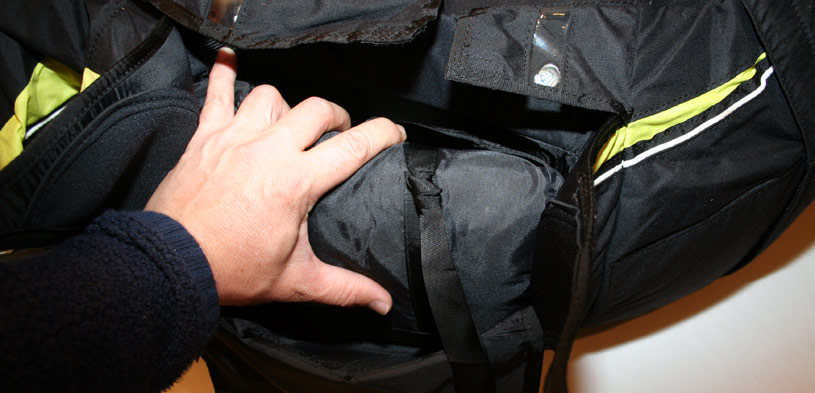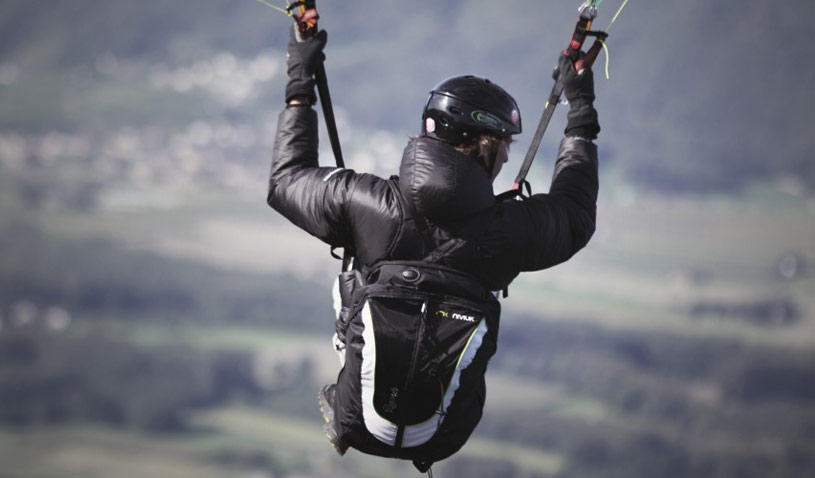
It’s easy to get caught up in the marketing hype, especially when there are some awesome videos and product brochures. After all, Crazy Karl looks so very cool in his Exorcisor X gliding over the Matterhorn. And everyone agrees it’s the best. But does it matter when you’re out on your own, under a cloud?

The latest competition racing pod looks a bit out of place under a Progression class wing. There’s a mismatch between objectives here: the harness is aiming for ultimate performance, but the wing is aiming for maximum safety, so what exactly is the pilot chasing? This sort of blend means you compromise your flying because your kit lacks synergy, you’re probably better off with a lighter and less complicated ‘sit up and beg’ harness. For most pilots wanting to chase performance in this class, it’s far more effective to work on your developing pilot skills – spend the money on an SIV course, or a guided XC trip. Equally when you’re on a heavy reinforced Advanced wing, you’ve opted to lose out on safety to gain a point in glide, it seems rather counter-productive to throw away that point in glide by using a reversible airbag harness.

Rather more important is matching your body type to the cut of the harness. Each manufacturer has their own idea of what a Medium person is, and even if they agree on the height, they don’t agree on the weight, bulk, and dimensions of paraglidus occasionalis. Some manufacturers offer mix-and-match styles of harnesses (M body with L speedbag option), some offer scope for adjusting dimensions for optimum comfort.

All this points to the need for a professional harness fitting, so you can try out the various brands and designs to match your body. It’s pointless getting the latest design because it’s cheap or popular, when you can’t get daddy’s long legs into the fairing, or if there’s always that uncomfortable kink half way up the back. This is nothing wrong with the harness, it’s the match that’s wrong. The medium might be better than the large. The light design might be more comfortable than the standard.

An aspect pilots often overlook is the reserve. If you have a large puffed up PDA, some harnesses are not available to you. It’s the packed volume that matters here, which is hard to know until you try and squash the reserve into a narrow underseat tube. Forcing a bulky blob into a lightweight harness is a mismatch: you’re better off with a more standard harness, or getting a low-volume lightweight modern reserve.

By changing your harness and reserve you might change your flying weight. Swap out the old heavy glider bag with a lightweight Kolibri backpack and you might find you’ve dropped off the bottom of your wing’s weight range. Great for the carry-out, but not ideal if you were planning on keeping your wing for a while longer. By considering the way your harness will work with your whole system you can choose something that enhances it.
Flying styles are varied. Some pilots have a meticulous approach to flying, they like everything to be positioned just so. Others drag their bunched wings out of a boot and leap off the hill while doing up the straps. A more robust and less complicated harness suits this pilot better.
Depending on where you are in your progression, and how recently you upgraded, you might be looking for more or less stability from the harness. Pilots new to the Sports class who are on a particularly ‘loose agile sensitive’ harness design might have a step back in their flying due to feeling slightly unstable all the time. Put this pilot on a mellow secure harness without a seatboard and their flying can be transformed.
So when looking for a new paragliding harness, try to define your situation first so you can establish your unique needs before identifying matching harnesses.
Want expert help choosing the right and best gear for YOU? Use our unique Flybubble MATCH service.
Brought to you by Flybubble
Like what we do? The best way to support us is to buy gear from us and recommend us to others, thank you!

